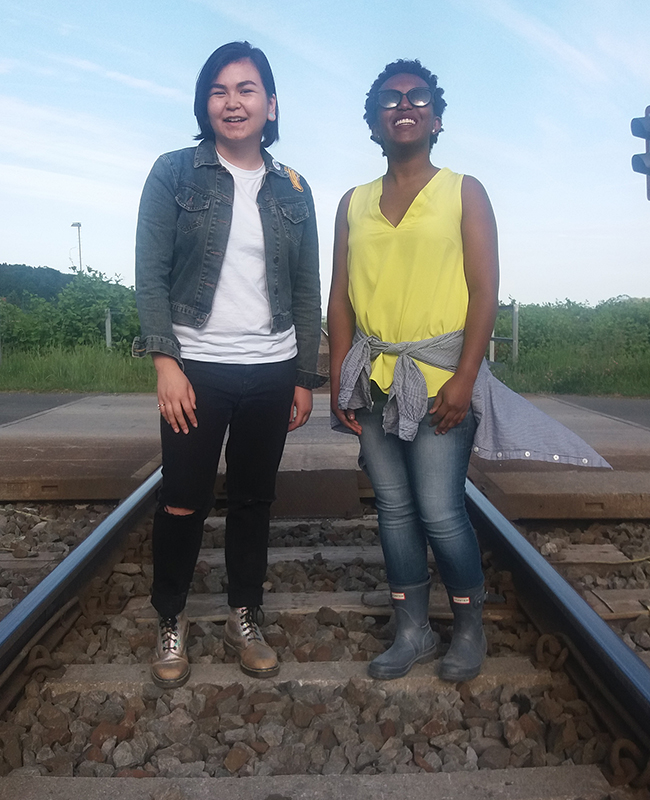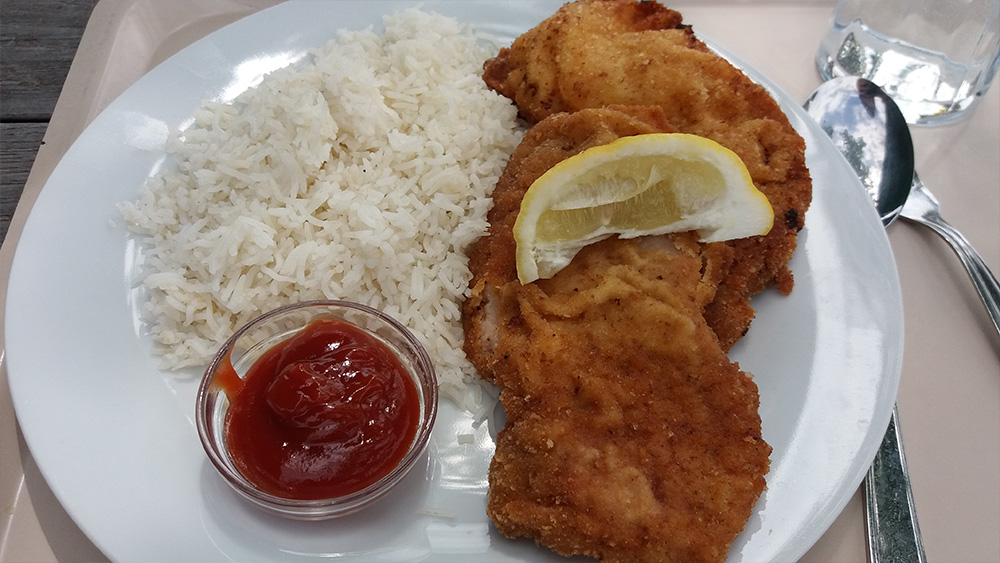It’s only been two weeks since I arrived in Graz and I’m already in love.
My trip to Austria—or as my grandmother thought at first, my trip to Australia—has already taught me so much about how big the world really is. First of all, the accents here in southern Austria have thrown me for a loop. In school, everyone learns Hochdeutsch, or standard German. I had never heard words like Sackerl to describe a plastic bag at the grocery store, or the word Jause (which sounds like something a cartoon character would say, yowza) to describe a small meal or snack.
When I first arrived, I could barely explain myself to my host family. It took two or three pronunciations of a commonplace phrase for me to realize I fully understood what they were saying, I just didn’t understand how they were saying it. My experience is probably comparable to someone learning British English and flexing their skills in Mississippi, but even that involves flying to a different continent. To hear different dialects in German, one only needs to hop on a train and travel from Austria to Switzerland, or even from northern to southern Germany. The diversity in such a condensed area compared to that of my home country has taught me a valuable lesson already. My home state, Indiana, is about the size of Austria in both population and area, and yet the only language I ever learned was English. Once you cross the border out of Austria you can easily hear people speaking French, Italian, Hungarian, Czech, Slovak, Slovene, as well as a handful of different German dialects. And communication is barely the beginning of how different Europe is from America.
In the metropolitan city where I go to class every day, there are 500-year-old churches around the corner from high-end retailers. My host family composts, uses solar energy and hikes through the green, hilly countryside to buy all their meat, cheese, and bread from local farmers. In the letter, I wrote to them before I arrived, I told them I was trying to become vegan. But the locals always reassure me the cow I’m eating was born just five kilometers away, so I don’t have a problem trying the wienerschnitzel and wurst. Back in America, massive beef and poultry farms tell a totally different story.
So even though I can’t bring the history, culture, and mindset of Europe back home with me, I hope the initial culture shock of Europe will propel me to change my life in America. That’s what this trip is for, after all. To learn that the world is bigger than I ever imagined, and to take these sights with me wherever I go.



